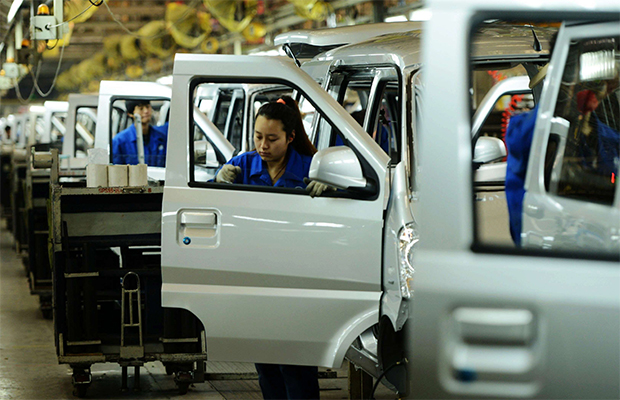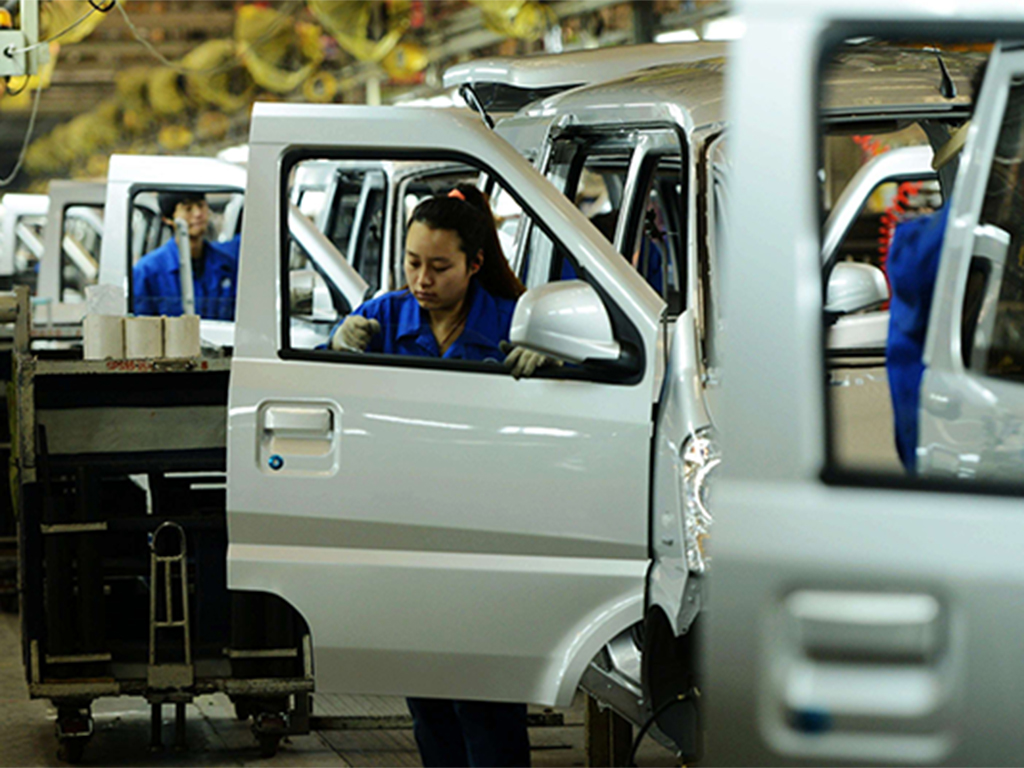Chinese car sales surge, domestic brands lose out
Despite impressive sales figures, home-grown carmakers are losing out to more competitive global brands

A production line in the Qingdao branch of SAIC-GM-Wuling Automobile: Car sales in the province and the rest of China have grown by a remarkable 18 percent

Passenger-vehicle sales surged some 18 percent last month to 1.31 million units, according to the Association of Automobile Manufacturers, with global carmakers posting impressive gains and Chinese brands extending their losses further still.
China’s auto sales have been outpacing the US’ for quite some time now, in some cases by as much as 100 percent, which has prompted global manufacturers to up their focus on the still-relatively immature market.
As a consequence, China’s home-grown auto brands have been losing valuable market share to long established industry players, largely due to lack of competitiveness, and this trend looks to continue into the months and years ahead. Together, Chinese brands represented 38.4 percent of total February sales, marking a 4.6 percent shortfall on the same month in 2013.
China’s home-grown auto brands have been losing valuable market share to long established industry players
The likes of SAIC, Dongfeng and FAW, China’s top three automakers, have all fallen short of global superpowers such as Ford, which in itself represents something of a success story for the sector. Despite arriving onto the scene relatively late, Ford Motor Co, along with its Chinese joint partners, sold 73,040 vehicles last month, representing a 67 percent uptick on the year previous. What’s more, the company’s February performance follows a 53 percent annualised gain in January and 35 percent in December.
What is most distinctive about China’s manufacturing losses is that they coincide with impressive Japanese gains, only a short couple of years after the anti-Japan protests of 2012. In the wake of the Senkaku islands debate, demonstrations flared up across the country and many called for a boycott of Japanese goods, cars included.
However, it would appear that a yearlong stint of Japanese losses have come to an end now that tensions have come to a standstill; a fact best evidenced by Toyota and Honda’s sales, which skyrocketed 43 and 28 percent respectively through February.













